Amboise-chateau
Chateau d'Amboise

The dominant renaissance style of Chateau Amboise in the Loire Valley, France, is there for all to see well before you even enter the town as its position high above the Loire river makes it obvious from quite a distance as you drive along the approach roads on the river bank. The chateau was built on the foundations of an old fortress, its position perched high on a promontory over looking the Loire, offering a solid defence against any intruders.
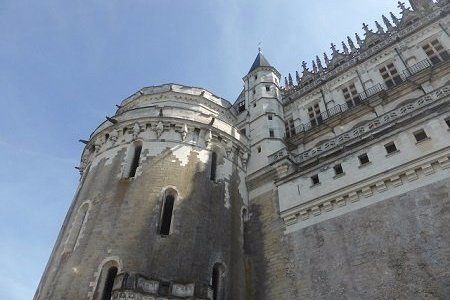
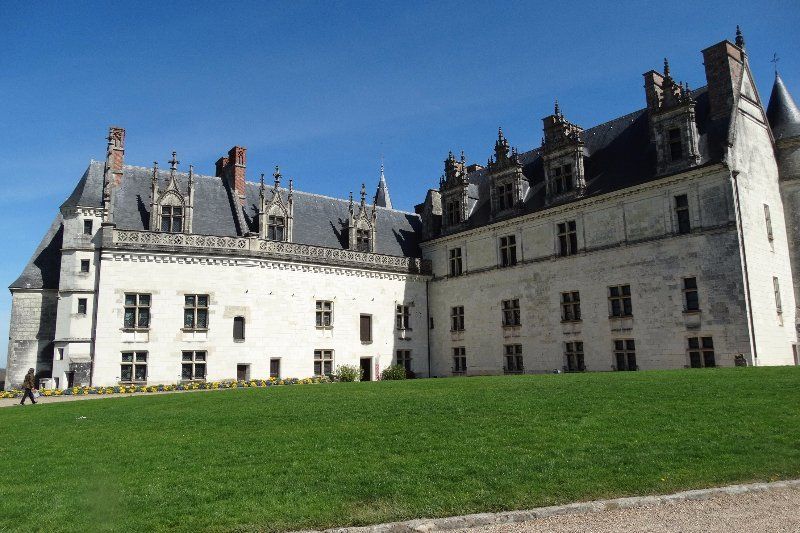
The chateau was seized by Charles VII in the mid 1400’s after its owner, Louise d’Amboise was involved in a plot against the monarchy. He was later to be pardoned but the chateau remained in the hands of the king. In the late fifteenth century, following his marriage to Anne of Brittany at Langeais, Charles VIII decided to turn the old castle of his childhood days into a luxurious palace but not long after the work was completed, Charles met his death here – not in the defence of his kingdom – but by banging his head on one of the many low doorways!
This is an interesting chateau, if not one of the Loire Valley's best, made more so by the excellent views over the town and the Loire river.


The history of the chateau was marked by three famous ladies, all of whom has a different room named after them : Joan of Arc, Anne of Brittany and Agnes Sorel, Charles VII's favourite mistress.
In 1429 Joan of Arc passed through the town on her way to defeat the English at Orleans.
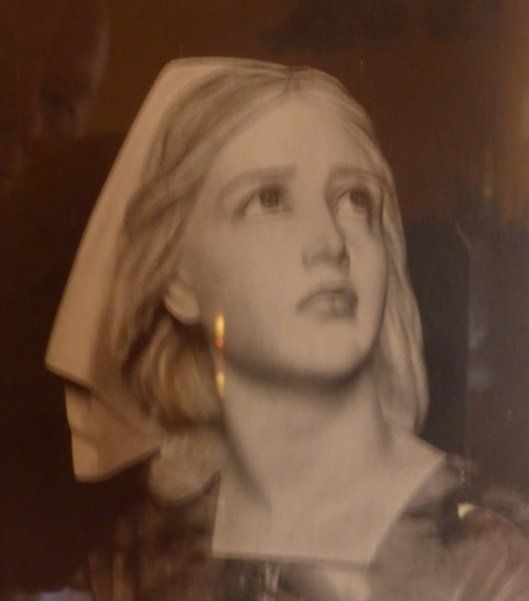

The history of Agnès Sorel would make a good plot for a soap opera. She was the first mistress of a French king to be officially recognized. She was, it is said, an extremely beautiful woman, as well as very intelligent. She wielded considerable influence over the king and his policies, which earned her a number of powerful enemies at court. She gave birth to three daughters - while pregnant with her fourth child, she joined Charles VII on a campaign against the English in 1450 in Normandy. Shortly afterwards, she fell ill and died (aged 28}. A lot of people believed she had been poisoned because of her sudden death and because of her numerous enemies. In 2005 French forensic scientist Philippe Charlier examined her remains and determined that the cause of death was mercury poisoning, but offered no opinion about whether she was murdered.
During the 15th and 16th centuries it became a favourite of the French kings as a place to house their wives and children while they sought the company of their mistresses elsewhere. King Henry II and his wife, Catherine de Medici lived here along with Mary Stuart the child queen of Scotland, who had been promised to the future king Francois II. These were to be the glory years at the chateau prior to its decline and loss of favour with the Royals.

At the beginning of the 17th century, the chateau was all but abandoned when the property passed into the hands of the brother of the King Louis XIII. After his death it returned to the Crown and was turned into a state prison. It then suffered at the hands of the Revolutionaries and Emperor Napoleon.
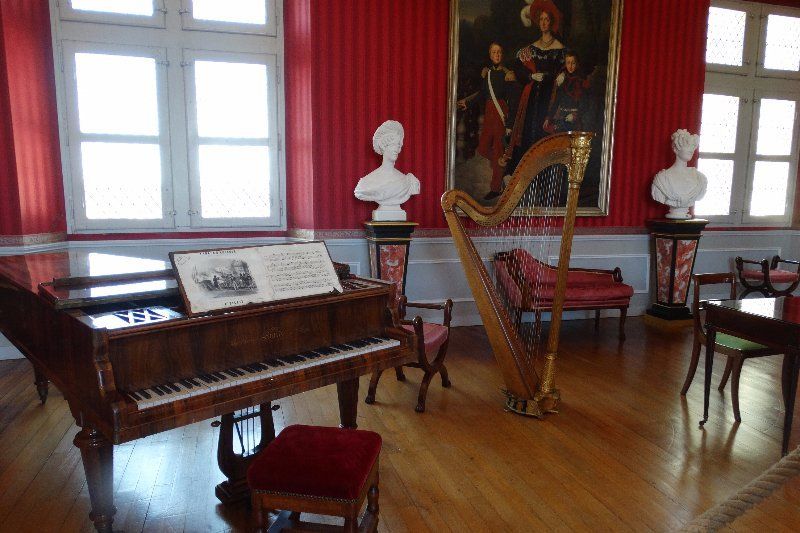
The restoration both inside and out of the chateau was begun by King Louis-Philippe during his reign but with his abdication in 1848, the château was confiscated by the government. There was a setback with damage during the second world war but restoration continued and in 1974 the Saint-Louis Foundation took over its administration and continued its restoration programme. What you view today is only a fragment of its historic past and may be slightly disappointing to some as it is not the best of the Loire Valley chateaux interiors but the views from the pretty gardens help make up for that somewhat.
Son et lumiere at Amboise
During peak tourist season the Chateau d'Amboise puts on a spectacular sound and light show with hundreds (yes hundreds) of local volunteers bringing their history to life – 'La Prophétie d'Amboise' - you might not comprehend all that is going on but you’ll certainly enjoy the spectacle.The show features the costumed ‘actors’ in processions, dancing, carrying flaming torches telling the history of the chateau all supported by a musical and lighting accompaniment. Even Leonardo da Vinci, who was living nearby at Clos Luce at the invitation of the king makes an appearance.
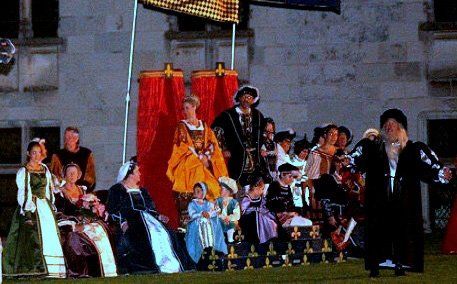
Francois I and Leonardo

Francois I spent his childhood at the chateau and when he succeeded to the throne, he lavished much of his social skills on Amboise. He held frequent balls, feasts, tournaments and it was he who in 1516 invited Leonardo da Vinci to stay at the delightful 'Close-Luce', nearby with the promise of a pension, with the only requirement being that he devote some of his time to conversation and companionship.

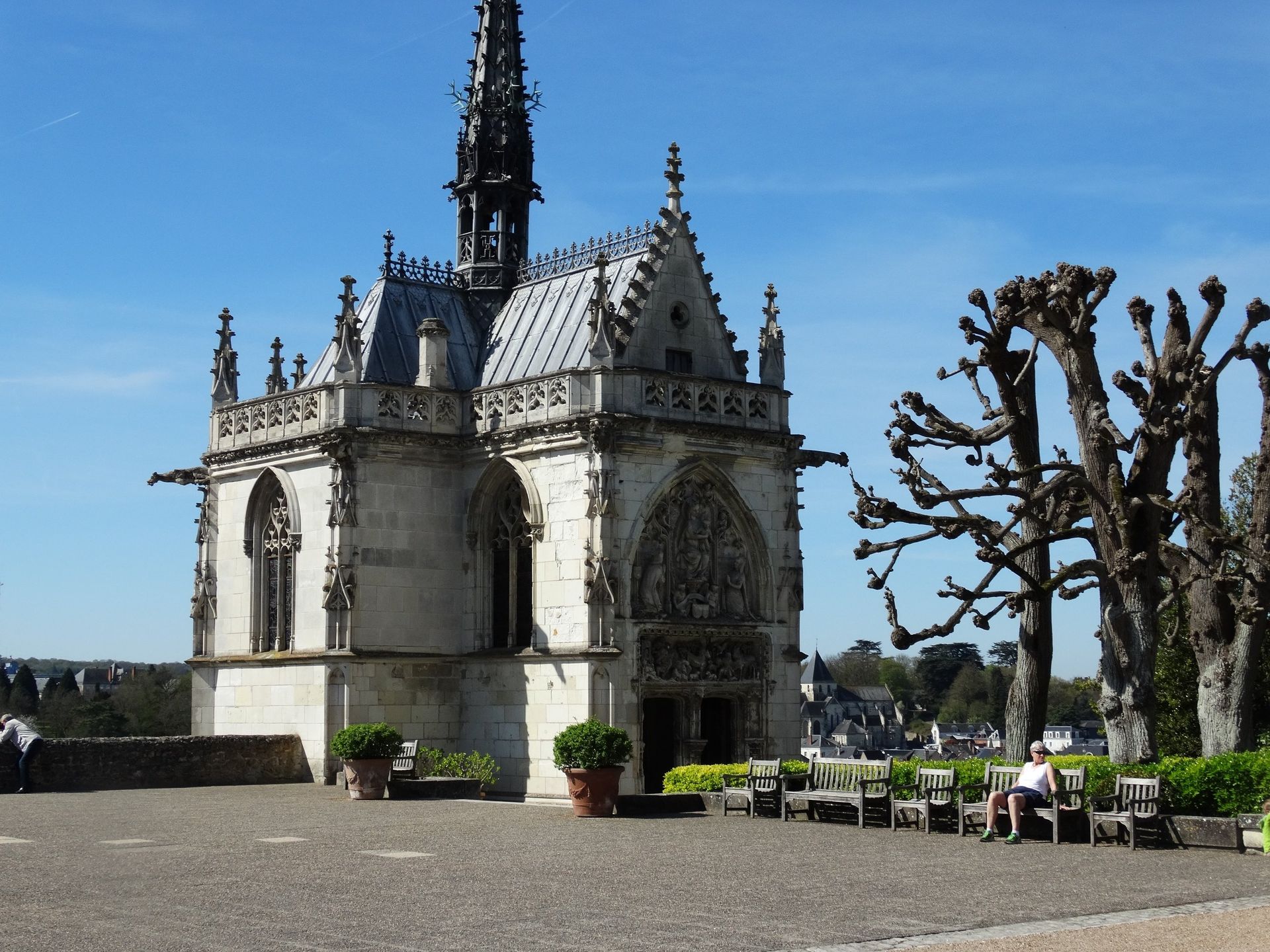
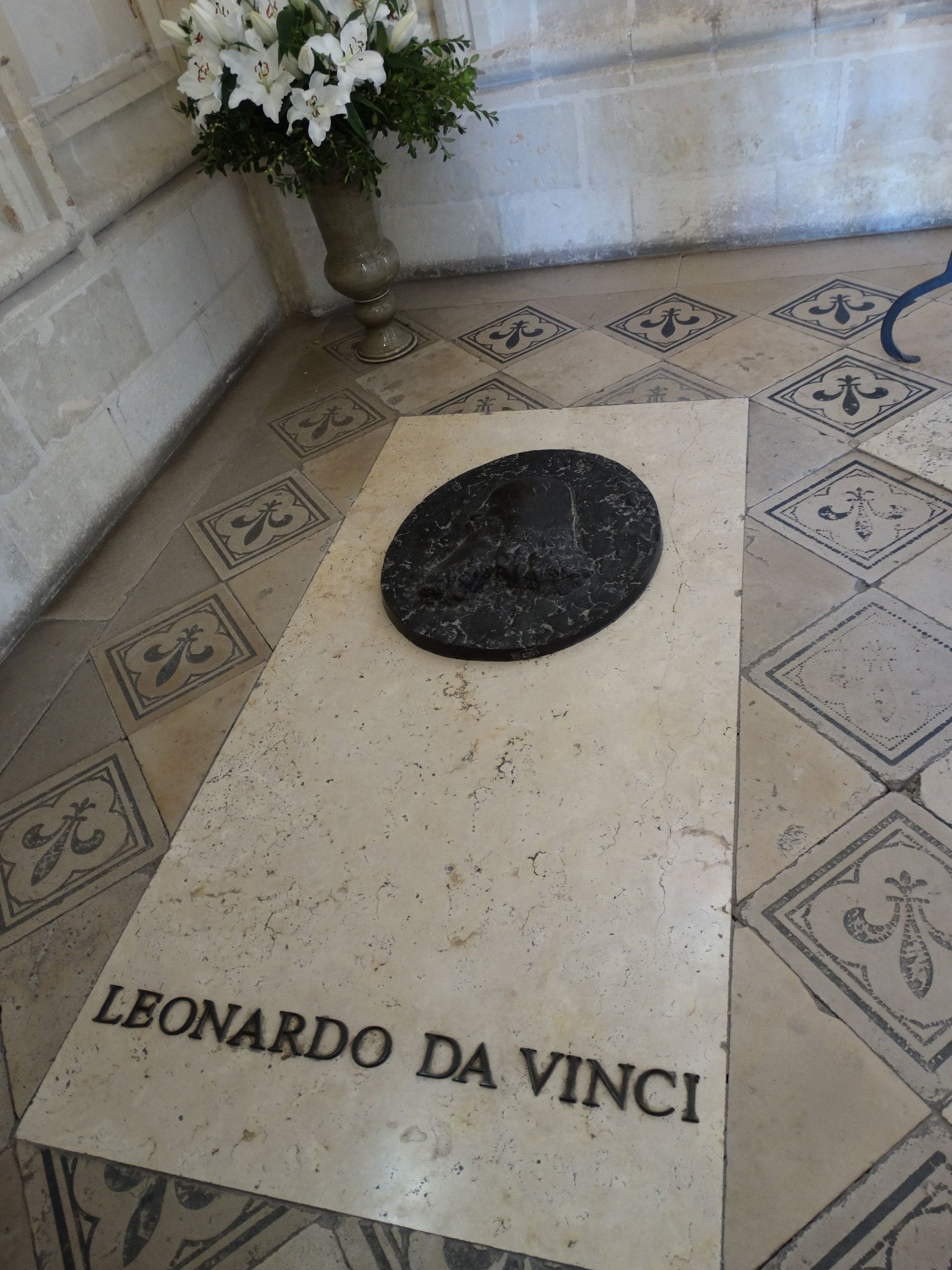
Leonardo's remains are said to lie within the Chapel of Saint-Hubert within the grounds of the chateau but this may not actually be the case. He was originally buried in the church of Saint-Florentin which was part of the lager chateau at Amboise damaged during the revolution and much of it later dismantled. His remains were said to have been dug up and scattered. Apparently some skeletal remains of what were thought to be the great man were discovered in a later 'dig' on the former site of the church and placed in the chapel.
Unguided Visits
You can explore the chateau and its gardens at your own pace with the help of a leaflet in :
English, French, German, Dutch, Italian, Spanish, Portuguese, Japanese, Polish, Russian, Hungarian, Czech, Korean, Chinese and Romanian.
Adults (individuals) 11.20 €
Students 9.70 €
Official website: www.chateau-amboise.com/en/
Jim's judgement:
Worth a visit?
If you choose this busy town as your base to explore the Loire Valley then the answer is probably yes. If you are visiting for the day you might consider just viewing it from outside. The only thing you will miss is perhaps the views over the Loire but you can compensate for this by heading over the bridge to the island on the river and view the chateau from there. Not on my 'must see' list of chateaux.
Value for money?
At 11.20 € (2016) per person it is quite expensive and if you compare it to Chateau Villandry's 10.50 € entrance price it does not appear to be good value for money. I know it's a numbers game and these places are expensive to maintain but still! Plus if you want to visit 'Clos Luce' as well, at 15.00 € it can quickly eat into your holiday budget.